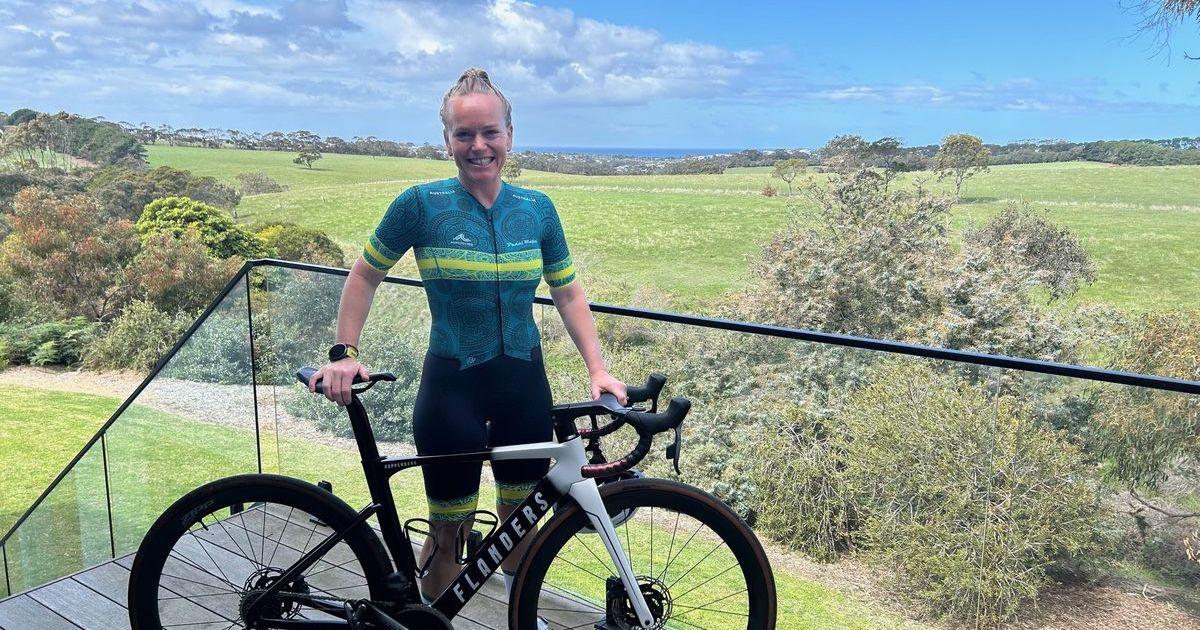ON THE PLATE NOSE TO TAIL, ROOT TO STALK
We are becoming far more aware of reducing waste, of the dire effects the way we live, shop, use and discard all manner of material things, including food waste.
It is becoming problematic in terms of caring for our environment. I have to say that sometimes when I dwell on these issues I do become depressed.
It seems insurmountable to turn the tide on the current practices of the packaging of all manner of items. We certainly can’t turn back the clock on so many systems now in place that accompany the lifestyles we lead.
The demands of convenience, of rigorous transport of fragile goods, are but two aspects of this complex problem.
Every punnet of berries, every single bundle of asparagus, cryovaced goods, long-life products, plastic tubs of dairy items – it just goes on and on.
All these items create packaging that needs to be dealt with. But, and it’s a big but, I guess I try to put a more positive spin on this topic that troubles me by likening it to trying to eat an elephant.
How do you go about eating an elephant you ask? Well, you just have to keep nibbling away at what seems to be an unachievable task – to be mindful, persistent and to be inventive.
I hasten to add none of us are ever going to eat an elephant, heaven forbid, but we could all do more to reduce the amount of waste generated in the home kitchen.
And so daily I do try to think outside the square, to somehow use packaging more than once, to try to avoid “harvesting” it in the first place with BYO bags, buying ‘loose’ items off the shelf or at farmer’s markets – and by using all the parts of the produce.
We’ve heard the phrase “eating nose to tail” meaning that we should all be mindful of trying to use all the cuts of meat from the animals we raise for food.
This involves seeking out the lesser cuts of meat, the sometimes “ugly” bits that are often cheaper, and yet can be so delicious!
The same aspiration applies to fruit and vegetables, and this week I’ve been inspired to write about a fabulous book that has come to my attention. Titled Root to Stalk Cooking – the art of using the whole vegetable by American food writer Tara Duggan.
Her book has opened my eyes to some really inventive and delicious recipes that utilise parts of the fruit, vegetables that we might at best add to the compost bin, give to the chooks, or at worst, throw away.
At least we are beginning to see the start of some innovation with Surf Coast Shire’s launch of the Angelsea Food Organics pilot program.
In December 2018, the trial was initiated inviting residents to include their kitchen waste with the regular green bin waste, to be turned into mulch and compost. Let’s hope this practice soon becomes de-riguer throughout the land!
It is pleasing to see many cafés, restaurants are being very inventive with their food waste, and then there’s the hugely admirable Second Bite (and other similar) initiatives – programs that ensure what would likely become land-fill are used to feed people!
But back to Tara’s book, which I think is a timely read as we lean into the harvest season for back-yard gardeners, community gardens.
All are now primed to reward us with perhaps an overabundance of produce, some of which may require some creative recipes to fully utilise the bounty!
With her waste-not mantra, Tara deftly inspires the home cook to make delicious vegetable stocks, outlining the various vegetables to incorporate into either a sweet, bitter-vegetal or earthy, deep flavoured stock to be teamed up as needed in various soups, risottos with simply instructions and handy hints on ratios of vegetable matter to water.


















